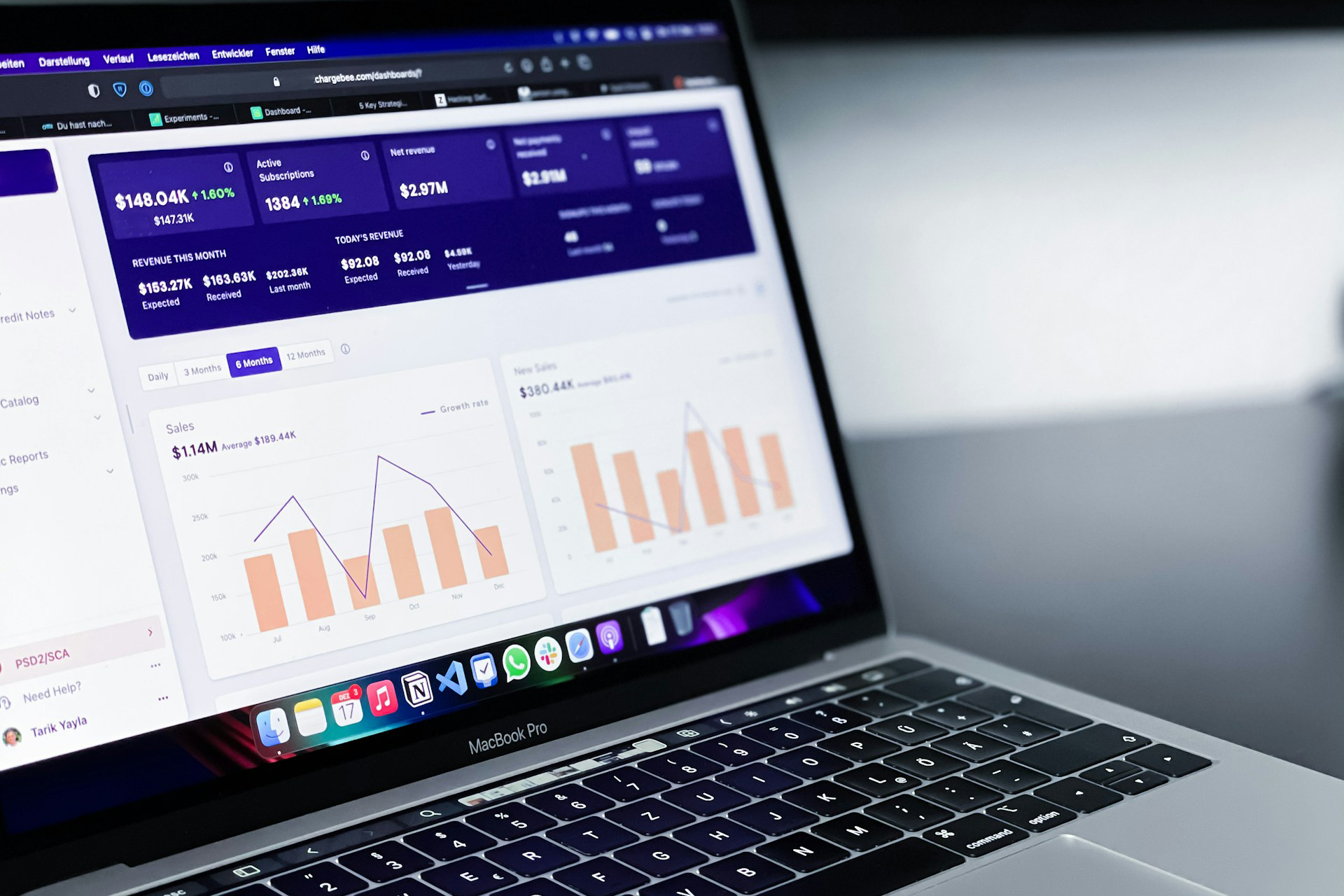Pricing can be the make-or-break factor for service-based businesses. Whether you're running a digital agency, consulting firm, or other service-focused company, the stakes are high. If prices are too low, you undercut your profits. But if prices are too high, you risk driving clients away.
This delicate balance often leaves businesses searching for pricing models that offer transparency, fairness, and predictability.
One proven method is cost-plus pricing. This straightforward strategy builds prices from the ground up based on costs and a profit margin. It’s especially valuable for service companies, where variable expenses and project complexity can challenge other pricing models.
What is Cost-Plus pricing?
Cost-plus pricing is a method that calculates a service’s price by adding a markup percentage to the total cost of delivering the service. It ensures that every project covers its expenses while generating consistent profits.
Breaking down the formula
The formula is simple:
Total Cost + Markup = Final Price
For example, if a project costs $2,000 and you apply a 25% markup, the final price would be $2,500.
Types of Cost-Plus pricing
There are two main variations to consider:
- Standard Cost-Plus pricing: Uses fixed costs to determine pricing. This method works well for predictable projects or businesses with consistent expense patterns.
- Variable Cost-Plus pricing: Adjusts costs based on fluctuating factors such as labor hours or material use. This approach is ideal for longer-term projects or those with evolving requirements.
Selecting the correct type of cost-plus pricing for your business and project means you can create a flexible strategy that accommodates various client needs.
The project cost breakdown: Identifying and calculating your expenses
To succeed with cost-plus pricing, you need an accurate understanding of your total costs. This includes both direct and indirect expenses.
Direct costs
Direct costs are tied explicitly to a project. Common examples of service companies include:
- Salaries for team members directly involved in the project.
- Freelancer fees for specialized work, such as graphic design or technical writing.
- Software licenses and subscriptions are precisely needed for the project.
For instance, a digital marketing agency working on a $10,000 campaign might allocate $5,000 to employee wages and $2,000 to tools like Canva, Semrush, or HubSpot.
Use a tool like Harvest, Clockify, or Elorus to track direct project costs accurately. These platforms combine time-tracking with cost allocation, ensuring no expense is missed.
Indirect costs (Overhead)
Indirect costs, often called overhead, are the expenses that support your business as a whole. Examples include:
- Office rent and utilities.
- Salaries for administrative or support staff.
- Marketing, legal, and accounting fees.
Allocating indirect costs requires a consistent method. Here are two common approaches:
- Activity-Based Costing (ABC): Allocates costs based on the activities performed for each project. For example, a project requiring significant administrative support might be assigned higher overhead than one with minimal involvement.
- Simplified allocation methods: Smaller agencies often use straightforward techniques, like allocating overhead as a percentage of direct costs or distributing it based on employee labor hours.
So, if your agency’s overhead is $50,000 annually and you allocate it across 5,000 labor hours, each would carry $10 in overhead costs.
Determining the proper profit markup
Markup is what turns your pricing into a profit-driving strategy. However, it’s not just about profit — it also accounts for risks, investments, and future growth.
Factors to consider
When determining your markup percentage, balancing profitability with competitiveness is essential. A thoughtful approach ensures your pricing reflects not only your costs but also market dynamics and client expectations.
Key factors to evaluate include:
- Competitor pricing: Analyze how your competitors price similar services. This ensures your markup aligns with industry norms.
- Perceived value: Consider the client’s perspective. High-value projects can command higher markups.
- Business goals: Tailor your markup percentage to your growth strategy, whether expanding services, hiring, or boosting margins.
- Client relationships: Long-term clients may expect lower markups, while new or high-risk clients may justify higher ones.
Example markup strategies
With your factors in mind, it’s time to craft a markup strategy that fits your business and industry. The right approach ensures you capture value while remaining flexible for different projects or clients.
Two common strategies include:
- Industry Benchmarks: Research shows that typical service markups range from 20% to 50%, depending on complexity. For example, consulting firms may charge a 40% markup, while digital agencies often stick to 30%.
- Tiered Markups: Use higher markups for specialized services or faster turnaround projects. For instance, a rush project might include a 50% markup, while standard services are priced with a 30% markup.
When Cost-Plus pricing shines: Ideal scenarios for service businesses
Cost-plus pricing isn’t perfect for every situation, but it’s highly effective in specific scenarios, including:
- Custom projects: Custom solutions, like website design, benefit from the transparent nature of cost-plus pricing.
- Long-term engagements: Projects with evolving requirements, like ongoing marketing campaigns, align well with flexible cost tracking.
- Specialized expertise: Clients often value cost transparency when paying a premium for specialized skills or services.
- Trust-oriented clients: Cost-plus pricing builds trust with clients who appreciate a detailed breakdown of expenses.
Implementing Cost-Plus pricing in your agency
Bringing cost-plus pricing to your agency can simplify project pricing while ensuring profitability. Here’s a streamlined approach to get started:
1. Establish cost-tracking systems
Accurate project cost tracking is a key part of cost-plus pricing. Use tools like Elorus for real-time expense monitoring and time tracking, ensuring both direct and indirect costs are accounted for efficiently.
2. Develop overhead allocation methods
Choose an allocation method that suits your business size. For example, smaller agencies might allocate overhead as a percentage of direct costs, while larger teams could benefit from more precise methods like activity-based costing.
3. Define your markup strategy
Set a markup percentage that aligns with your industry, goals, and client expectations. Balance competitiveness with profitability, adjusting for project complexity and client relationships.
4. Create transparent proposals
Elorus makes it easy to share clear and detailed cost breakdowns with clients. Highlight direct costs, overhead, and the markup percentage in a way that builds trust and demonstrates value.
5. Review regularly
Business conditions evolve, and so should your pricing. Use tools like Elorus to review expenses and profitability periodically, ensuring your pricing stays competitive and aligned with market trends.
Beyond Cost-Plus: Exploring other agency pricing models
While cost-plus pricing offers many advantages, other agency pricing models may suit specific projects better. Here’s a brief look at some of your other options:
- Value-based pricing: Reflects the perceived value delivered to the client, making it ideal for high-impact projects.
- Fixed-pricing models: Provides clarity for clients with straightforward project scopes.
- Hourly billing: Works well for open-ended tasks but lacks the transparency of cost-plus pricing.
Blending models — like offering value-based pricing for premium clients and cost-plus for standard projects — can also yield great results.
Make pricing work for you with Cost-Plus strategies
Cost-plus pricing offers a clear, reliable way for service-based businesses to balance transparency, simplicity, and profitability. Tracking your costs precisely, defining markups strategically, and aligning pricing with client expectations can help you build a model that supports growth and client satisfaction.
While this approach isn’t one-size-fits-all, its adaptability and straightforward structure make it a strong choice for many agencies. To stay ahead, revisit your strategy regularly, adjusting for evolving market conditions and business needs.
With tool features like project monitoring and time tracking included in Elorus, you can streamline cost tracking and ensure pricing accuracy and business profitability. These resources help you confidently implement cost-plus pricing, making it a key part of your agency's long-term success.





